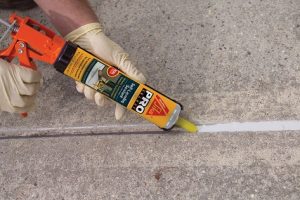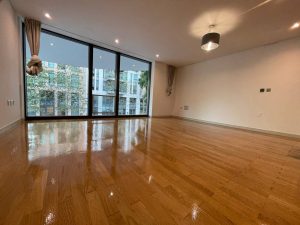How to Choose the Right Floor Sanding Method for Your Needs

Introduction
Choosing the right floor sanding method is crucial for maintaining the beauty and longevity of your wooden floors. Whether you are a homeowner or a property manager in London, understanding the various sanding techniques can help you make an informed decision. This guide explores the different floor sanding methods and provides tips on selecting the best approach for your specific needs.
Understanding Different Floor Sanding Methods
There are several floor sanding methods available, each with its own set of advantages. Here are the most common techniques:
- Traditional Sanding: This method involves using a drum sander to remove the top layer of the floor. It is ideal for floors with significant damage or uneven surfaces.
- Orbital Sanding: Orbital sanders are less aggressive than drum sanders and are suitable for floors with minor imperfections. This method is great for achieving a smooth, even finish.
- Dustless Sanding: Dustless sanding systems use advanced machinery to minimise dust during the sanding process. This method is perfect for occupied properties or spaces with sensitive equipment.
- Screening: Also known as buffing, screening involves lightly sanding the floor to remove surface scratches and scuffs. It is a quick and effective method for floors that do not require a full sanding.
Factors to Consider When Choosing a Sanding Method

When selecting a floor sanding method, consider the following factors to ensure you choose the best approach for your needs:
- Condition of the Floor: Assess the level of damage or wear on your floor. Deep scratches and uneven surfaces may require traditional sanding, while minor imperfections can be addressed with orbital sanding or screening.
- Type of Wood: Different wood types respond differently to sanding methods. Softer woods may benefit from gentler techniques like orbital sanding, whereas harder woods can withstand traditional sanding.
- Desired Finish: Consider the finish you want to achieve. For a flawless, high-gloss finish, dustless sanding may be the best option. For a more rustic look, traditional sanding can provide the desired texture.
- Time and Budget: Evaluate your time constraints and budget. Traditional sanding can be more time-consuming and costly, while screening is quicker and more affordable.
Benefits of Professional Floor Sanding Services

While DIY sanding is an option, hiring professional floor sanding services offers several benefits:
- Expertise and Experience: Professionals have the skills and experience to handle various sanding techniques and wood types, ensuring optimal results.
- High-Quality Equipment: Professional services use advanced sanding machinery that delivers a superior finish and minimises the risk of damage.
- Time Efficiency: Professionals can complete the sanding process more quickly and efficiently, saving you time and effort.
- Dust Control: Many professional services offer dustless sanding, ensuring a cleaner and healthier environment during and after the process.
Conclusion
Choosing the right floor sanding method is essential for maintaining the beauty and durability of your wooden floors. By understanding the different techniques and considering factors such as floor condition, wood type, desired finish, and budget, you can make an informed decision. For the best results, consider hiring professional floor sanding services in London to ensure a high-quality, efficient, and dust-free sanding experience.







The Benefits of Hiring a Certified Floor Sanding Professional
The Benefits of Hiring a Certified Floor Sanding Professional Maintaining the beauty and integrity[Read more...]
The Ultimate Checklist for Floor Sanding Preparation
The Ultimate Checklist for Floor Sanding Preparation Ensure a Smooth and Efficient Floor Sanding[Read more...]
Wood floor polishing
[Read more...]
The Role of Floor Sanding in Home Staging
The Role of Floor Sanding in Home Staging Enhance your London home’s appeal with[Read more...]
Gap Filling
This is a process during which gaps between the floor boards are filled. We fill[Read more...]
Polishing the floor in london
[Read more...]
Gallery 02 – Sand and varnish
[Read more...]
Sep
The Importance of Grain Direction in Floor Sanding
The Importance of Grain Direction in Floor Sanding When it comes to floor sanding,[Read more...]
Floor Board Restoration
Restoration Whilst you may believe that floor sanding itself is classed as restoration, floor restoration[Read more...]
The Best Practices for Sanding Oak Floors
The Best Practices for Sanding Oak Floors Expert Tips and Techniques for Achieving a[Read more...]